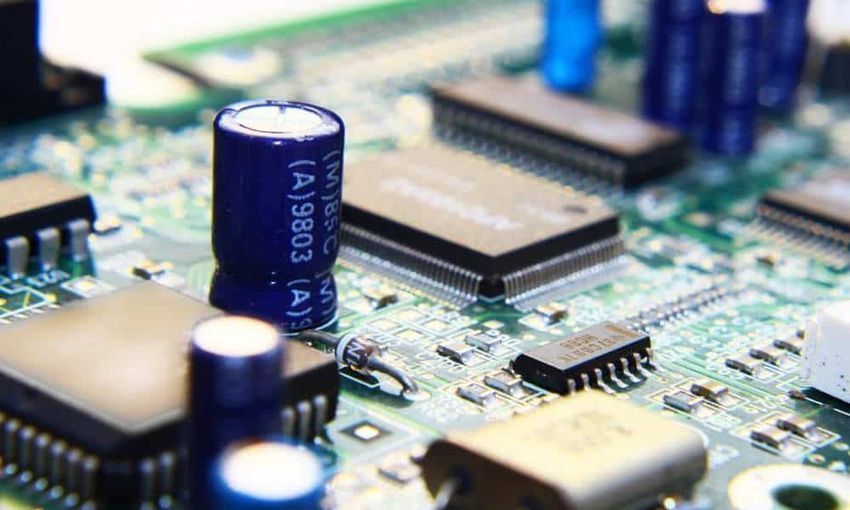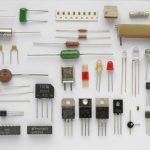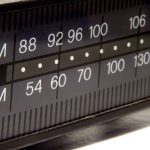Introduction
Every electronic device, from your smartphone to your TV, is built using essential components that work together to process signals, store energy, and control electrical flow. 🏠📱
Whether you’re an electronics beginner or an aspiring engineer, understanding these 10 must-know electronic components is essential for building and repairing circuits. Let’s dive in! 🚀
1. Resistor (Controls Current) 🔴
What It Does:
A resistor limits the flow of electric current, preventing too much electricity from passing through a circuit.
Common Uses:
✅ Protects sensitive components from excessive voltage.
✅ Used in LED circuits to prevent burning out.
✅ Controls signal levels in audio systems.
Real-World Example:
📱 Used in phone chargers to regulate voltage.
🔹 Symbol:
- Zigzag line (US) or rectangle (Europe) in circuit diagrams.
2. Capacitor (Stores Energy) 🔵
What It Does:
A capacitor stores and releases electrical energy, smoothing out fluctuations in voltage.
Common Uses:
✅ Used in power supplies to stabilize voltage.
✅ Helps in audio filtering for clearer sound.
✅ Used in camera flashes for quick energy release.
Real-World Example:
💡 Found in TV remote circuits to ensure stable power.
🔹 Symbol:
- Two parallel lines (one curved for polarized capacitors).
3. Diode (Allows One-Way Flow) 🚦
What It Does:
A diode allows electricity to flow in one direction only, preventing reverse current that could damage components.
Common Uses:
✅ Converts AC to DC in power adapters.
✅ Protects circuits from backflow of current.
✅ Used in LED lights (LEDs are a type of diode).
Real-World Example:
🔋 Used in mobile phone chargers to convert AC power to DC.
🔹 Symbol:
- A triangle pointing to a line.
4. Transistor (Amplifies & Switches Signals) ⚡
What It Does:
A transistor acts as an electronic switch and an amplifier, controlling large electrical signals with small ones.
Common Uses:
✅ Used in amplifiers to increase sound signals.
✅ Forms the core of computer processors (millions of transistors in CPUs).
✅ Controls switching in circuits (like automatic street lights).
Real-World Example:
💻 Used in computer processors for digital logic.
🔹 Symbol:
- Three-pronged shape (BJT) or arrow symbol (MOSFET).
5. Inductor (Stores Magnetic Energy) 🌀
What It Does:
An inductor stores energy in a magnetic field when current flows through it.
Common Uses:
✅ Used in transformers to step up or step down voltage.
✅ Helps in tuning radio frequencies.
✅ Filters noise in power supplies.
Real-World Example:
📻 Used in radio circuits for frequency tuning.
🔹 Symbol:
- Coiled wire.
6. LED (Light Emitting Diode) 💡
What It Does:
An LED is a type of diode that emits light when an electric current passes through it.
Common Uses:
✅ Found in indicator lights (TV, computers, appliances).
✅ Used in LED bulbs for energy-efficient lighting.
✅ Found in digital displays (clocks, calculators).
Real-World Example:
📺 Used in LED TVs for backlighting.
🔹 Symbol:
- Diode symbol with arrows pointing outward (indicating light emission).
7. Transformer (Changes Voltage) 🔄
What It Does:
A transformer changes the voltage of AC electricity, stepping it up (increasing) or stepping it down (decreasing).
Common Uses:
✅ Reduces high voltage from power stations to safer household levels.
✅ Steps up voltage for long-distance power transmission.
✅ Used in battery chargers and power adapters.
Real-World Example:
🔌 Used in phone chargers to convert high voltage to usable levels.
🔹 Symbol:
- Two coils with lines between them.
8. Integrated Circuit (IC) – The Brain of Electronics 🧠
What It Does:
An integrated circuit (IC) is a small chip containing multiple electronic components (transistors, resistors, capacitors) in one unit.
Common Uses:
✅ Found in computers, smartphones, and gaming consoles.
✅ Used in microcontrollers (Arduino, Raspberry Pi).
✅ Core component in digital watches and calculators.
Real-World Example:
📱 Found in smartphone processors like Apple’s A-series chips.
🔹 Symbol:
- Rectangular box with multiple pins.
9. Relay (Electromagnetic Switch) 🔘
What It Does:
A relay is an electrically operated switch that allows a small current to control a much larger current.
Common Uses:
✅ Used in car ignition systems.
✅ Controls high-power devices like refrigerators and air conditioners.
✅ Found in home automation systems.
Real-World Example:
🚗 Used in car headlights to control high-power circuits with a small switch.
🔹 Symbol:
- Coil and switch combination.
10. Switch (Manual On/Off Control) 🔛
What It Does:
A switch opens and closes a circuit, allowing or stopping the flow of electricity.
Common Uses:
✅ Found in power buttons for electronic devices.
✅ Used in light switches in homes.
✅ Used in keyboards for typing input.
Real-World Example:
💡 Found in electric fans, lamps, and appliances.
🔹 Symbol:
- Simple break in a line or push-button symbol.
Conclusion 🎯
Understanding these 10 essential electronic components helps you build, repair, and innovate with circuits! Whether you’re designing your own gadgets or fixing a broken device, these components are the foundation of all electronics.


